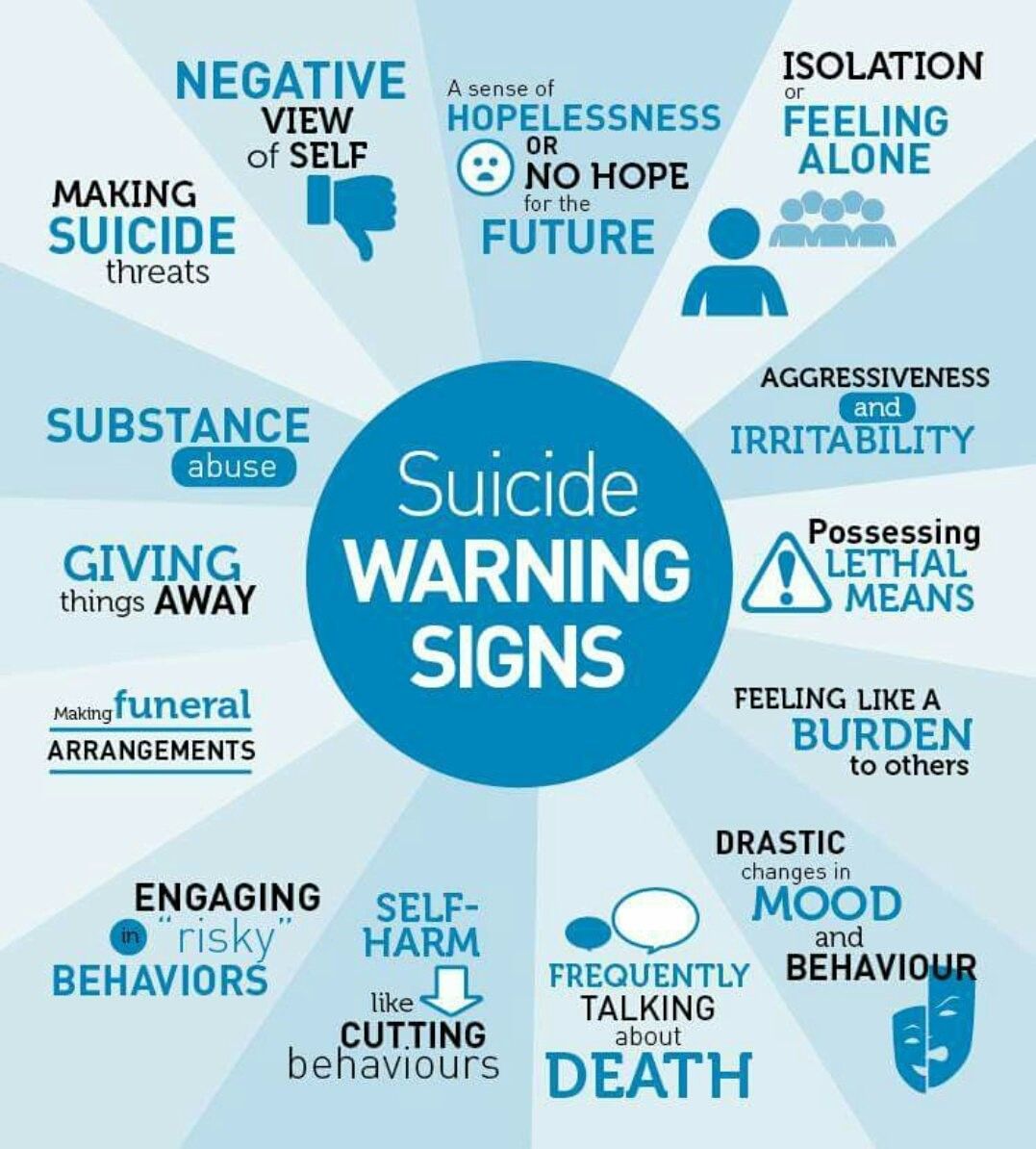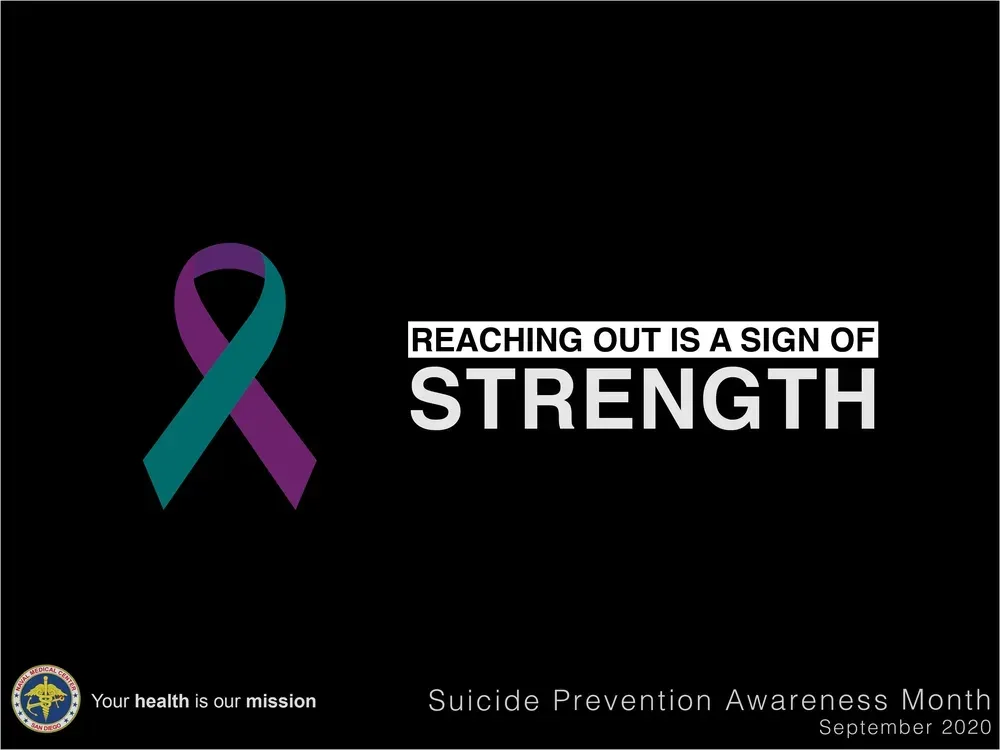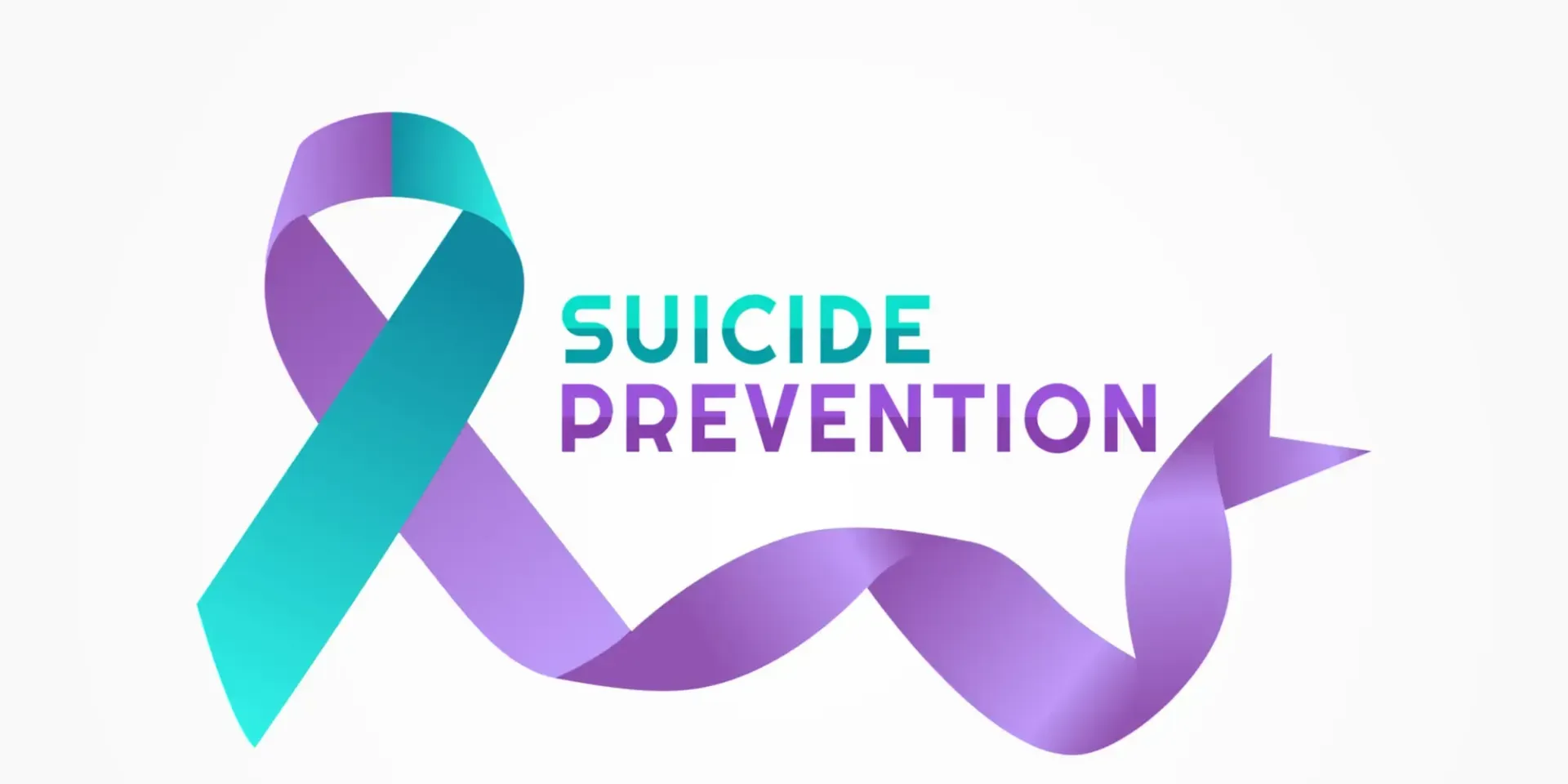
The word SUICIDE conjures up many feelings for individuals – anger, fear, sadness, taboo (saying the word) and often survivor’s guilt for those left behind. The stigma around mental health is softening, yet as a society, suicide still holds a different stigma.
On Feb. 8, Child and Adolescent Behavioral Health (C&A) moderated a Suicide Prevention Panel discussion with area Stark County college students, which included participation from students, faculty and community members. C&A’s Trauma Specialist Mary Kreitz moderated the discussion.
Mary started the discussion with some startling figures:
Suicide is the second leading cause of death between the ages of 15-34
One in five people affected by suicide report having thoughts of self-harm
For every one person who dies by suicide, 147 people who know someone personally who has died by suicide.
Six people will experience high levels of stress for a considerable length of time afterward.
The death of a close friend or loved one, especially if that death is due to suicide, can be a risk factor for suicide.
Kreitz said, “Most people, at some point in their life, will experience distress and have thoughts that they don’t want to go on living, or that they wouldn’t mind going to bed and never waking up again.”
Challenges facing today’s students
University of Mount Union senior student and panelist Gretchen Koken and Aultman College panelist Lauren Wilson both indicated social media is a huge stressor, including the new platform Yik Yak, where students can post negative comments about other students for no reason and there is no way to respond to the anonymous posted comments. In addition, seeing posts on social media and comparing your situation to someone else’s is challenging and difficult to handle when people appear happy in the moment.
Koken, a student-athlete, indicated her coach has not had conversations with the team regarding mental health. The expectations her coach or other coaches at the university place on athletes, in her opinion, are unrealistic. The attitude is you get better and toughen up.
Depression is a factor in suicide
Koken said, “A person needs to accept their own feelings. It is not a choice. To help a person (with depression or suicide thoughts), you need to have hard conversations. Let people know they can talk to you; you won’t go anywhere. People who are depressed lose their perception of normal. Depression is a real disease similar to heart disease, diabetes or anxiety. It is a real condition and people need to educate themselves more on mental health.”
Koken mentioned that the year before she helped two friends who were considering suicide. Koken, a psychology major, provided examples of how she tried to help her friends.

“I am close to my parents,” she said. “I encouraged my friend to speak with her parents. There is still stigma about mental health. Parents need to let their kids know it is ok to have these conversations.”
However, parents are not always a source of comfort. Koken shared the story of a situation in which the reactions of the person’s parents made them feel worse. In that situation, she found it helpful to assist her friend to write down all the reasons she had for living and what to look forward to. “You have to be there for them. Be present in the same room – cook something together, color, be in that space. Validate their feelings. The person needs to feel valued.”
Kreitz spoke to the fact parents want to do the right thing and be there for their children but it can be hard for a parent to hear their child is suffering. “Before a child is born, parents have dreams, hopes and expectations for their child and it is painful to hear the child wants to end their life. It can often be more than parents can handle.”
Aultman College’s Lauren Wilson, a non-traditional student and a mother of two kids, said, “We need to have normalized conversations around mental health. Mental health days are needed and should be available for people.”
Wilson shared that she knew someone who died by suicide. “It is getting better than where it was,” said Wilson. “In the ‘90s, no one would reach out to you. A doctor did not suggest you go to support group for help. You felt alone. I felt such shame and guilt from surviving. Today, there are better resources.”

I should’ve….
Kreitz indicated many people feel survivor’s guilt following a suicide. A common phrase friends and family will use is “I should have..”
“I should have seen the signs,” said Kreitz. “After the fact, people will look back and see signs they missed. And that is a horrible feeling. And to make things worse, people will pass judgment and say the person was selfish, bad, it was cop out.
“What we really should be doing is being more supportive. Showing compassion and love for that person. What if it were me? How would I want people to treat me?”
Protective factors -help reduce the risks of suicide
One of the ways Koken suggested providing help to someone is taking time with an individual who is considering suicide. Help them make a list of important things in their life and what they have to look forward too. “Remind the person, these feelings are temporary.”
Wilson has a unique perspective as a parent, and a non-traditional student changing career paths.
“It can be two-fold,” said Wilson. “You see your kids growing up. That brings stressors to parents, even having discussions on mental health regularly. You need to have connectability and stability. If you say something, do it. I will be there for you. Even if the timing is not great, I will be there and drop everything and give 100% to the person, and then hopefully someone is there for you.”
Kreitz added, resiliency is important and finding a solid connection with someone is important, whether that is a spouse, significant other, friend or partner. “If you are busy, and a person asks for help, and you don’t have time, the person will see themselves as a burden. ‘I don’t really matter. They have other things more important to do.’ I have to be there for someone who needs me today.”
A mindset of gratitude can be extremely helpful because it shifts the focus from the ways one is dissatisfied with life to recognizing things that make life worth living. An easy way to cultivate a mindset of gratitude is to every day write down three things you feel grateful for or appreciate.
How can teachers/professors be more helpful?
Kreitz said one way professors could be more helpful is to take a trauma-informed perspective, which means considering what is happening in a student’s life, rather than focusing on what the student is doing wrong. For example, is student is frequently asking for extension on assignments, the prof can say, “What is going on in your life? What is getting in the way of getting these assignments done? I will hold your confidence and what you tell me will remain private.”
Wilson added, “Be approachable. Be open to considering something different than how you taught the class the past five years. Be willing to make some schedule adjustments. Have good conversations with your students and develop a rapport.”
A final tip, “Be understanding and show grace on assignments,” said Koken. “If you see a student feeling overwhelmed, be willing to give him/her a mental health day.”
The panel concluded by saying professors also need to be aware of when to recommend a student see a counselor and provide mental health resources that are available for the student.
If you or someone you know is experiencing suicide ideation, please call/text 988 and locally call Coleman Crisis Mobile Youth at 330.452.6000 or C&A at 330.433.6075.
The Suicide Prevention Panel received a grant from the Ohio Program for College Mental Health & Safety. C&A’s Mary Kreitz has more than 20-years of experience in the field of mental health and is a leading trauma specialist in Stark County.
Dan Mucci is the author of this blog post. Mucci, C&A’s Mission Advancement Director for the past four years, has more than 20 years of writing experience. To learn more about the services the agency offers, visit www.childandadolescent.org , call 330.433.6075 or email dmucci@childandadolescent.org.
RECENT POSTS












